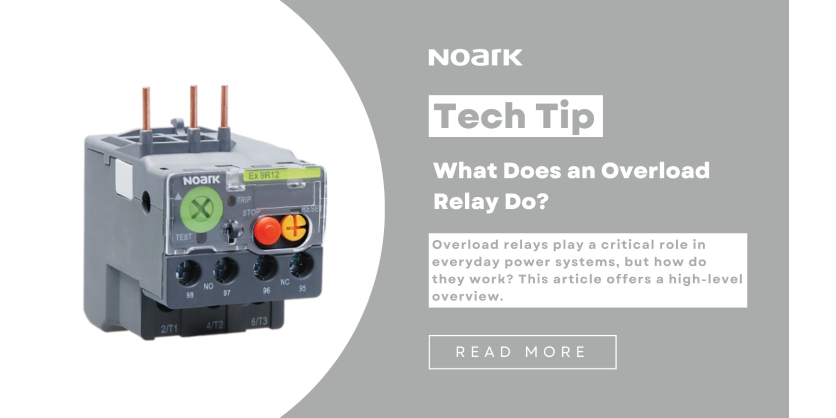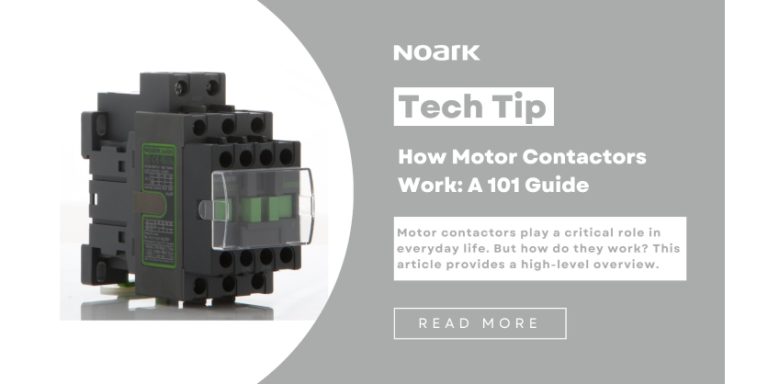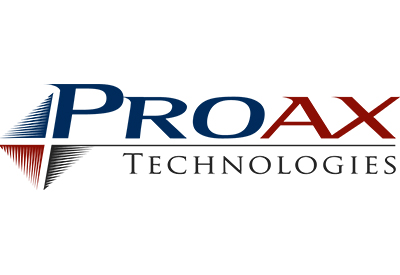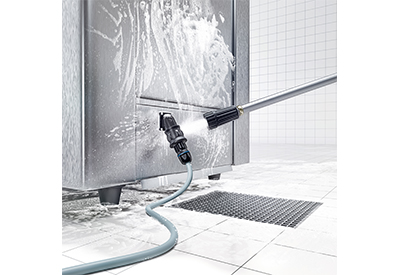What Does an Overload Relay Do? Noark Electric Explains
September 5, 2023

Overload relays provide reliable motor overload protection by preventing damage caused by phase failure, high temperatures, or electrical overload. They are usually connected in series to the contactor (or switching device) to protect the motor from problems associated with the motor drawing excess current that could lead to overheating and damage to windings. When operations depend on the safe and efficient function of a motor, it is essential to keep it protected from as many potential sources of damage as possible.
What are the Main Types of Overload Relays?
When comparing overload relays, it’s important to understand differences in design. Each type of overload relay bears a significant impact on how efficiently the overload relay functions, and under which use cases one is more appropriate. Generally, motor overload protection will depend on one of two types of overload relays:
- Bimetallic Overload Relay: A bimetallic or thermal overload relay cuts power when it detects that the motor has drawn excessive current for a long duration. They are the more cost-effective option, but they use a bimetallic strip and heating element and, as such, store more heat. This makes them less accurate, particularly at higher temperatures.
- Solid State or Electronic Overload Relay: Electronic overload relays are more accurate than thermal relays. This is partly because electronic overload relays don’t have a bimetallic strip. Instead, electronic overload relays rely exclusively on an electrical circuit to detect when the overload conditions are met, making them more precise.
Which Overload Trip Class Should You Consider for Your Application?
Proper motor overload protection requires carefully matching the motor to the right overload relay. Most overhead relays function on an inverse time curve, where the tripping time decreases as the current increases. This is denoted by the overload trip class, a number that designates the duration, in seconds, before the relay opens after reaching its overload state.
The most common overload trip classes are 5, 10, 20, and 30, which trip after the same number of seconds. Typically, each trip class is appropriate for the following applications:
- Class 5 is considered extremely fast and used when motor overload protection depends on quick reaction speeds.
- Class 10 overload relays have a more moderate effect, making them a good choice for most artificially cooled motors (e.g., submersible pump motors with low thermal capacities).
- Class 20 is usually suitable for general-purpose applications, such as consumer goods. The slower trip speed provides an adequate balance between protection and reduced need for servicing or troubleshooting.
- Class 30 relays are the best choice for devices with high inertial loads. This prevents nuisance tripping, where an overload relay trips in the absence of a detectable fault.
Reliable Motor Overload Protection from Noark Electric
However valuable your motorized equipment is, that’s how important it is to protect it from unexpected shocks and other causes of overload. Selecting the right thermal or electronic overload relay for your device depends equally on quality and industry knowledge.
With Noark’s Ex9R (thermal overload relay) and Ex9RE (electronic overload relay) offerings, they support theirclients in the different market segments. . Their in-house engineers develop the most effective overload relays on the market for a wide range of motor applications. With global reach, clients across numerous industries count on us to help them select the right overload relays and other low-voltage electrical components for their exact needs. If you have any questions or would like to request a quote, please contact them, and inform their knowledgeable sales technicians about your motor overload protection issues.
More Information
Related Story
Noark Electric Explains How Motor Contactors Work: A 101 Guide

Motor contactors are electrical switches used as means of control, connecting or disconnecting electric motors and other load devices to the power supply. They are typically designed for normally open contacts, which ensures the load disconnects whenever the coil of the contactor de-energizes. Because this interrupts heavy motor currents, arcing must be suppressed and controlled with an arc extinguishing device, which functions alongside the contactor’s electromagnetic and control systems. For those wondering, “How does a motor contactor work?”, Noark Electric will explain how these components function together to connect electric motors safely and efficiently.







